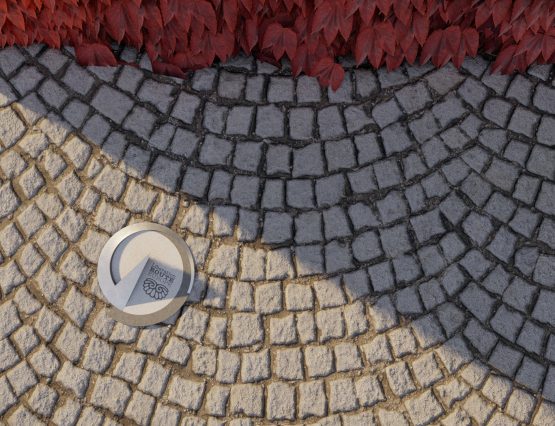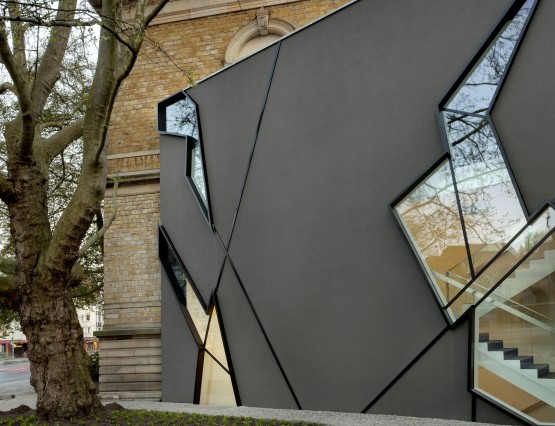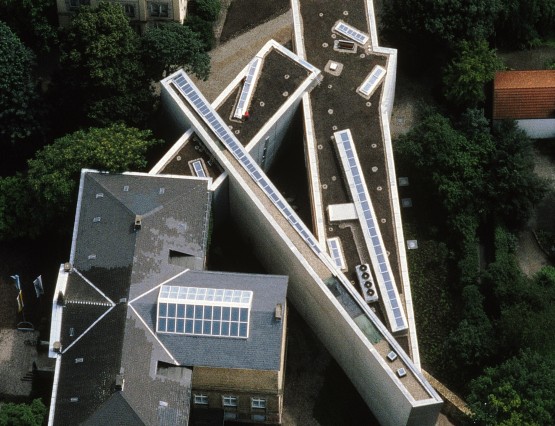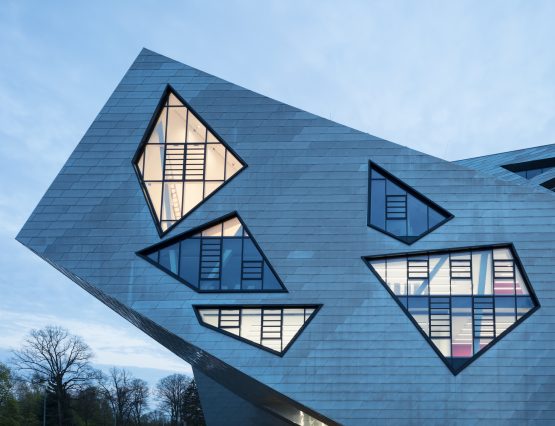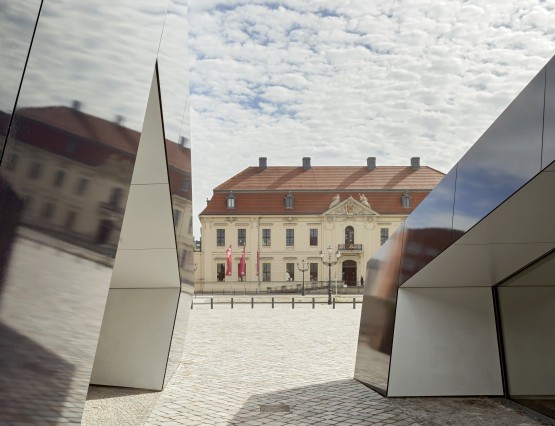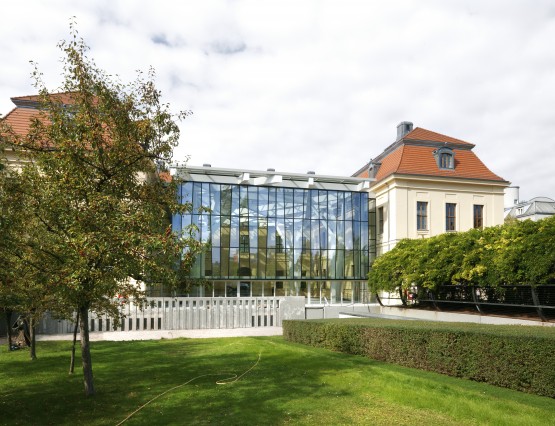Dreams of Freedom. Romanticism in Germany and Russia
Dreams of Freedom. Romanticism in Germany and Russia
2021
Studio Libeskind was engaged by the organizers to create an exhibition design for the exhibition “Dreams of Freedom. Romanticism in Germany and Russia” that will be at the Tretyakoy Gallery in Moscow and the … in Dresden, Germany, respectively. The design by Architect Daniel Libeskind is a response to the masterpieces of works by the greatest artists of the first quarter of the 19th century: Caspar David Friedrich, Philipp Otto Runge, Johann Overbeck, Alexander Ivanov, Alexei Venetsianov, Orest Kiprensky, Karl Bryullov and others. A key idea was to create a space that will give a visceral sense of the Romantic…
More about this project


















